Fresh food is great, organic food is amazing, and local-fresh-organic food is about as wonderful as it gets. That is, until we step back into the wild. Outside of every gourmet health food store (literally) grows wild food that has more healing properties than what lies within the brick walls.
These foods never run out; nature’s shelves are fully stocked. The best part is, you don’t have to wait for sales.
Eat Your Weeds!
When we eat straight from the earth, we’re living on our energy peaks unlike anything I can describe. Nutritionally, it makes sense, as wild foods are the true local foods and do not lose their nutrients via radiation or during the time it takes to transport them from state to state.
When you eat wild food, you are consuming the nutrients at their peak and much of their life force is still intact. Nothing is more energizing than eating a food straight from the vine or tree as it blooms in its natural habitat.
Avoid Hybridization & GMO
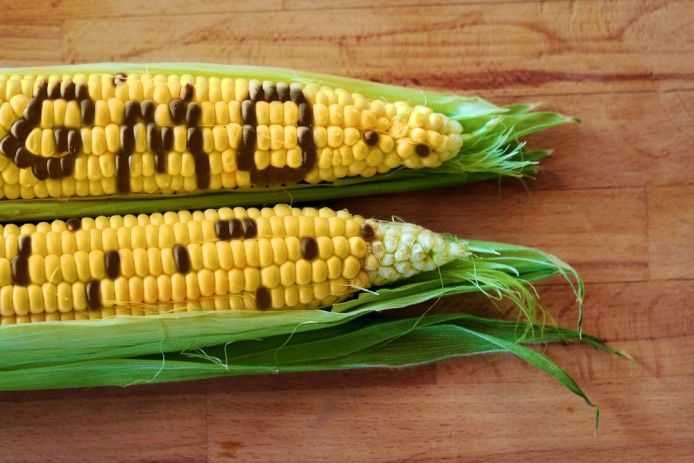
Apples’ original genetic species, for example, was berries. Through hybridizing, they’ve grown to be over 60 times their original size. Along with size, their sugar (fructose) content has more than quadrupled as well. Could this have something to do with the diabetes epidemic? I think so.
So why create hybridized foods that have harmful effects on our health? In a word, salability. When it comes to most food we find in stores, nutritional value, flavor, and other important qualities – like environmental impact – are given less respect. As most of us know by now, it’s all about the money.
Because this is a highly controversial subject, I’ll end here and make the suggestion that anyone interested do his or her own research. As for a solution, wild foods to the rescue!
We can completely bypass this whole mess by simply learning to forage and consume more wild foods. GMOs and hybrids are man-made creations; therefore, they wouldn’t survive indefinitely without man via modern agriculture. For example, how would seedless fruits propagate in the wild? Seeds are the life force!
Wild foods are filled with seeds – seek them out and eat them regularly and you too will have more life force! These wild edibles are designed to be naturally strong, healthy, and adaptable. They are good examples of the survival of the fittest – they don’t need us to thrive. Have you ever seen a dandelion growing between the cracks of cement? Now that’s a powerful plant, and it’s a food!
Wild Vs. Organic
Wild plants are not only cleaner, but also stronger than commercial produce. That’s because, as I’ve mentioned several times now, wild foods are examples of the survival of the fittest. Organic produce is great; however, it needs a lot of maintenance. Many of them would perish without upkeep.
How this transfers to us through eating them is in their general life force. Eating a wild plant versus an organic one will not only have higher levels of nutrients, but will also give us higher levels of energy.
Another reason wild food is superior to even the finest organic produce is its general purity. So many different people handle foods in stores. As they make their way from field to truck to farm to truck to shipping to store (and wherever else in between) they are handled by countless people. Who knows how hygienic each situation truly is?
This isn’t meant to be another fear-based concept; rather, it’s to point out that wild foods cut out many middlemen where things could potentially go wrong. Many types of produce could easily bring dozens of communally exchangeable bacteria through this way, simply because they are exposed to so many different opportunities to pick something up.
Though this may be awkward for some to consider, the fact is that store-bought food is handled by many individuals, and we have no certainty about the circumstances. Chances are, the wild foods you pick have only been handled by you and at worst, a few bugs and animals — which are much more natural circumstances compared to the handling of even organic foods.
10 Easy-To-Find Wild Edibles
Below I will share some of the most common wild foods that can be found all across North America. To learn more on how to identify them and when they are in season in your area do a Google search or pick up a book or DVD on wild food foraging. The guide I use personally is by Markus Rothkranz, called “Free Food and Medicine”.
1. Pine Needles
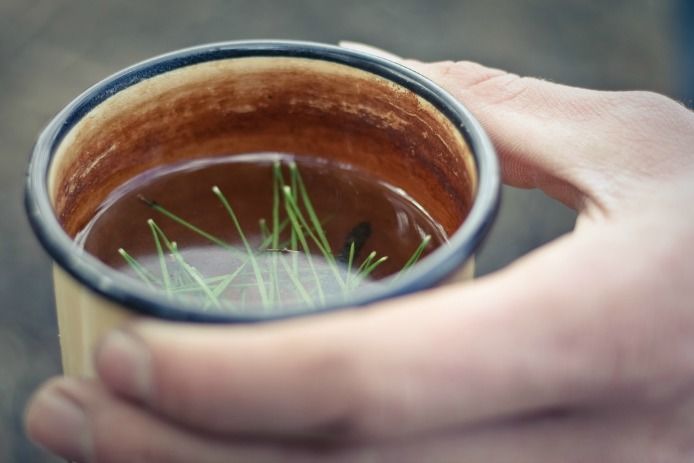
Yes, I am referring to Christmas trees. Leave it to humans to use medicinal plants solely for décor. However, the needles on “wild Christmas trees” — or pine trees — contain 300 times more vitamin C than oranges, MSM, and sulfur. Use them like you would rosemary or boil in water for a powerful tea that can whip a respiratory infection.
2. Pine Pollen
Also found on the common pine tree, pine pollen needs some preparation time, as it’s only available for a short duration of time during the very beginning of spring. Pine pollen is renowned as a powerful androgen and beauty tonic for skin, and it’s a nutritional powerhouse. It contains a wide range of vitamins and minerals such as vitamins A, beta carotene, vitamins B1, B2, B3, B6, folic acid, vitamin D and vitamin E. It also has tons of important minerals such as copper, calcium, iron, manganese, magnesium, molybdenum, phosphorous, potassium, selenium, silica, sodium and zinc! Not to mention, it is a rich source of amino acids.
3. Dandelion
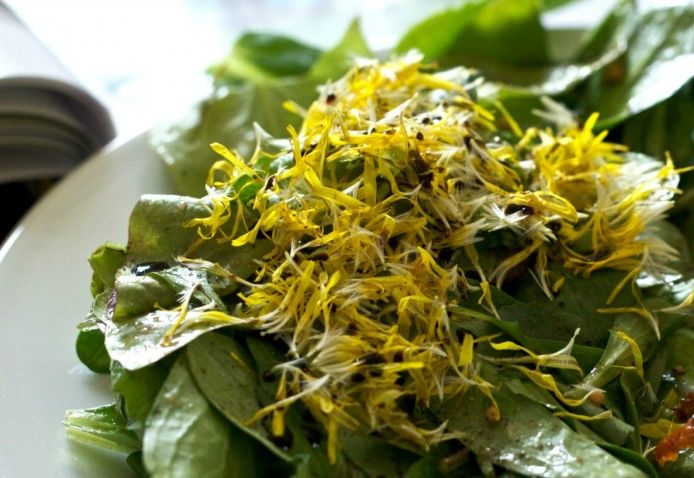
You know that little yellow flower in everyone’s lawn that people spend tons of money on getting rid of because it’s an ugly weed? It’s probably the healthiest food you’ve never eaten. It’s nature’s gift to us. How funny that we complain about money problems and health problems but spend our money getting rid of the things that’d give us perfect health? Mind-blowing moment every time I talk about this. Anyway, this weed is actually a powerful liver tonic, digestive aid, beauty food, and antioxidant. It can be used to cleanse the blood, urinary tract, lymphatic system and improve circulation. Dandelions also regulate intestinal flora. The polyphenols in the leaves are a prebiotic. You can eat all parts of this plant. The flower is a powerful source of lecithin, the roots are a diuretic and the leaves stimulate the vagus nerve to produce bile.
4. Nettles
Want gorgeous hair and skin? Eat your nettle; they are one of the highest sources of silicon, which is needed to produce collagen and hair. However, before you go grabbing handfuls, be careful while picking because they have little stingers! If you’re in America, these can be found just about everywhere wild vegetation is growing during the spring. The medicinal properties of nettle are very similar to dandelion. This is a very powerful non-steroidal anti-inflammatory and works especially well to reduce prostate inflammation and nourish the prostate. Nettle is a great kidney tonic; it lowers blood sugar and increases insulin sensitivity as it’s a rich source of chromium. It’s even been known to dissolve kidney stones! Adrenal problems? Grab some nettle. It’s even high in plant protein, so if you were lost in the wild and needed to, you could survive off the stuff.
5. Plantain
Another common weed that grows right next to dandelions in most people’s lawns, this plantain is not the banana-looking plantain you may be thinking of. I am referring to the small common weed. This is commonly used as a natural pain reliever, as it’s rich in tannins and used in many salves. If you have a toothache or sore you can chew these leaves up and pack it around the affected area. It’s also known as a body purifier, great for cleansing toxic congestion in all areas of the body.
6. Mulberries (Wild Berries)
Not all wild foods are green weeds; a lot of them are actually delicious! Mulberries are just one of the hundreds of wild berries that grow for free in nature still. Where I live, I know of at least 20 mulberry trees that produce more berries than I know how to appropriately eat. Not too far away I can find wild raspberries, June berries, blackberries, and even cherries! They are of course a bit smaller and less sweet than the ones in stores, but if you have a natural palate they are divinely delicious! Not only are they free, but they are also medicinal. Mulberries can be eaten and work wonders on the digestive system. All other parts of the bush can be consumed too; the leaves and stems have healing properties, as well. If you pick these this spring you’ll notice they stain your hands (and clothes, so don’t dress up!) This is because they are rich in anthocyanin, which a powerful antioxidant. Mulberries contain zeaxanthin, an important dietary carotenoid thought to protect the retina from harmful ultraviolet rays and improve eye health.
7. Aloe Vera
This miracle plant heals itself when you cut it — if that doesn’t say enough, then allow me to impress you more. You can live off aloe vera, if it’s in your area, as it only grows in more desert-like climates. It has all kinds of amino acids, minerals, enzymes, antibiotics and more. Put it on your skin and it soaks right into your bloodstream. The rich amount of silicon and sulfur in aloe helps to build strong artery cell walls, mucous membranes, connective tissues, and even helps with varicose veins and hemorrhoids. Aloe is perhaps one of the best digestive aids and therefore is also a beauty aid.
8. Citrus
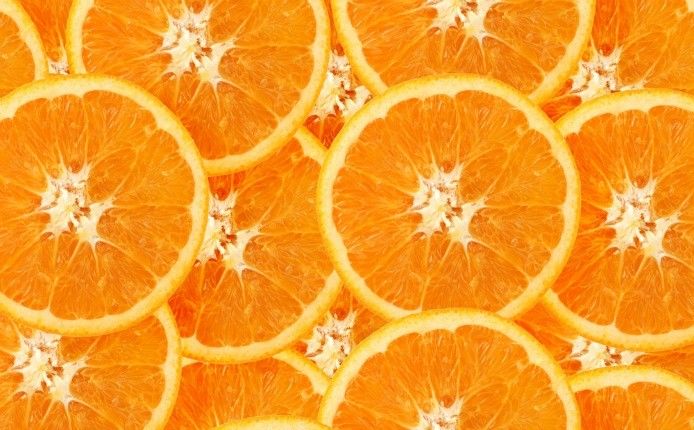
9. Clover
You can find clover right in your front lawn. You know the little white/pink flowers the bees buzz around? Those are clovers. You can find them in health food stores sold as tea for a price or you can pick them in your own yard for free and fresher! These are especially great for women. They contain 4 different phytoestrogens, including the 2 found in soy. While soy can disrupt thyroid and hormone balance, clover actually regulates hormone balance and protects the body from the negative side effects of estrogen imbalance. Clover is great for the skin, especially for psoriasis. It’s also been used as a tonic for prostate issues, menopause and hot flashes!
10. Malva
This small weed that grows in just about every grassy area is anti-inflammatory, promotes a strong immune system, and aids the urinary tract. It’s medicinal for healing the digestive tract and associated disorders like ulcers, eczema, and psoriasis. It also treats the lungs, helping with emphysema, bronchitis, and asthma while helping to expel phlegm and mucus.
 Other Reasons To Go Wild
Other Reasons To Go Wild
- Stress-free and Happier – We all know most of our health problems would be solved if we just didn’t worry and stress. The ability to be even somewhat self-reliant via wild food foraging can contribute to a general sense of well-being. The freedom from consumerism and the joy of frolicking through nature as you pick berries and weeds is incredibly relaxing. Try just sitting in a meadow of wild flora and take note of how it affects your mood.
- Oxygenate – The fresh air and exercise that is available through the activity of wild food foraging is also beneficial. Foraging is a great way to employ natural movement such as bending, twisting, climbing, and walking. Nothing oxygenates the blood and brain quite like exercising in nature. The benefits for the body and mind are too vast for a bullet point.
- A healthier gut and improved immunity – Wild foods contain the soil-based organisms that so many of us lack in our diet because of a fear-based germophobic mentality when it comes to our food. All of our food is so sterile that it lacks not only healthy soil, which contains probiotics and minerals, but it sometimes even lacks seeds! Getting wild food into your diet is a simple way to expose you to the elements where your immunity will be naturally boosted.
In this article, I’ve explained a number of reasons to use wild plants as food and medicine. These miracle foods have superior nutritional qualities and some are even more powerful than drugs and medications. Foraging is a great way to avoid the drawbacks of modern farming like hybridization, GMOs and GEOs, commercial fertilizer, pesticides, herbicides and fungicides, lack of freshness, chemicals, and even potential socially-transmissible diseases.
I encourage the consumption of wild foods for optimal wellness and as the most effective eco-sustainable practice you can do. At the very least, get out in the fresh air, reconnect with Mother Nature and play in some dirt! Nature holds the keys to unlocking our greatest health, and all we have to do is search.
(Read This Next: 27 High-Fiber Foods to Fight Cravings)


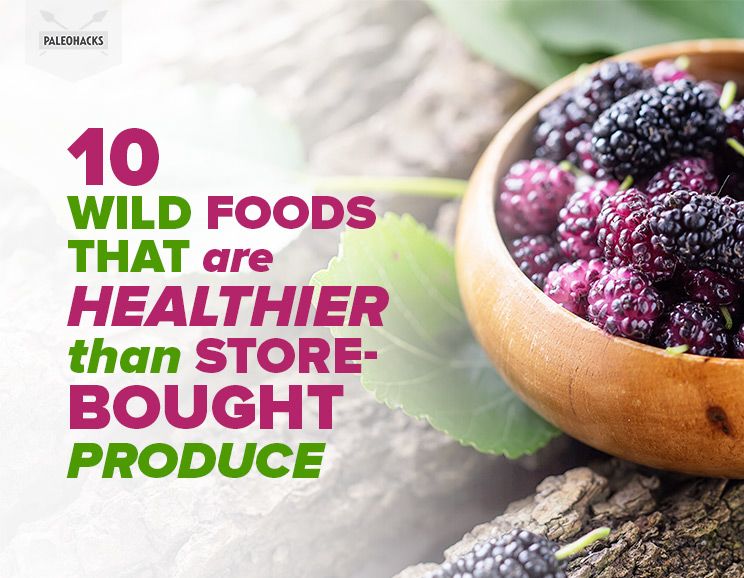
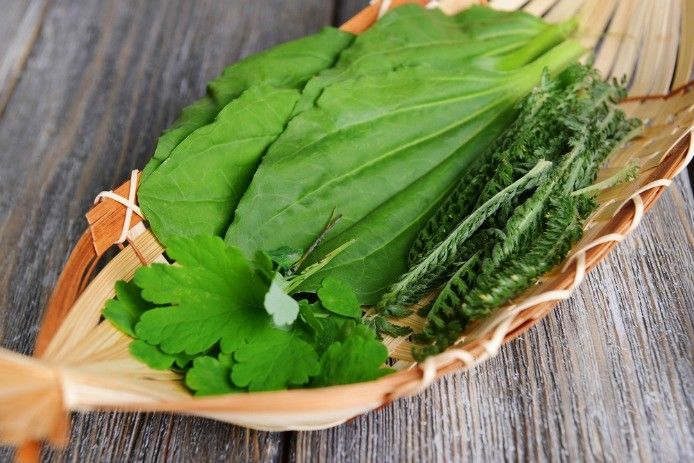
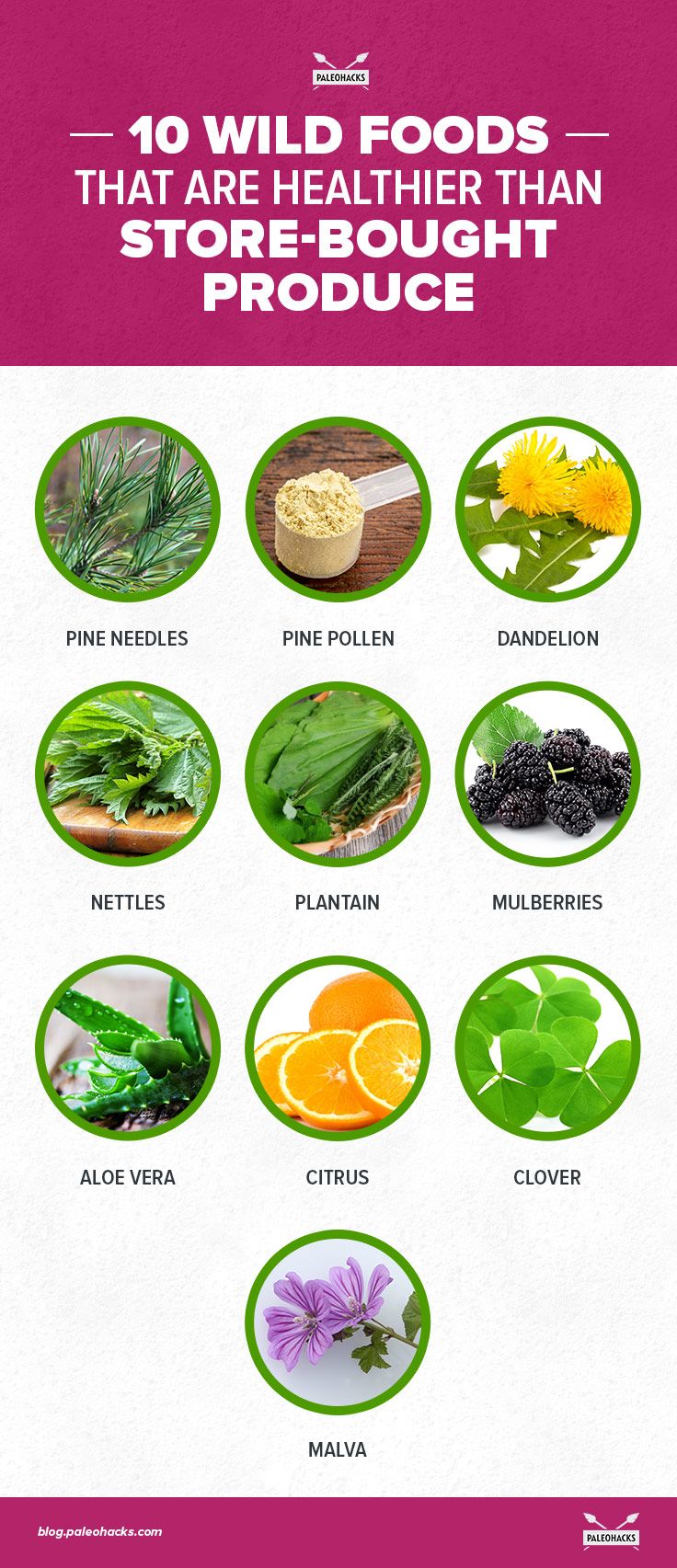

 Why You Should Start TRX Suspension Training (Plus a Basic TRX Workout!)
Why You Should Start TRX Suspension Training (Plus a Basic TRX Workout!)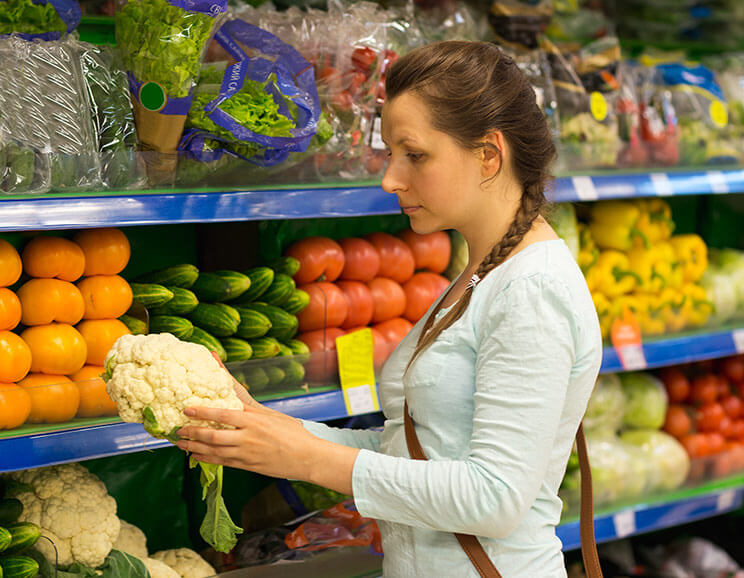
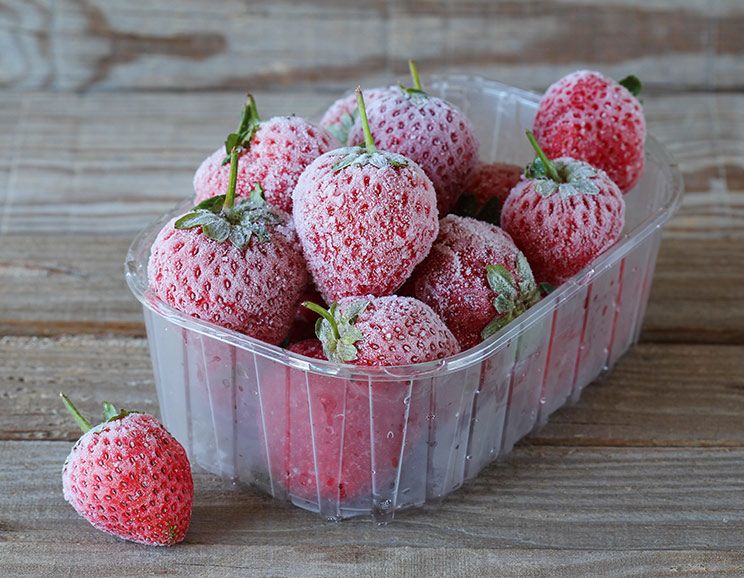


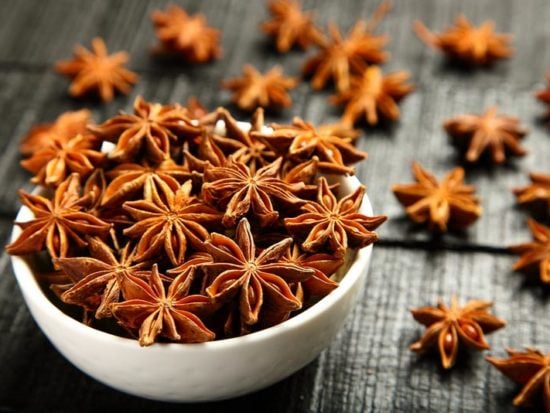

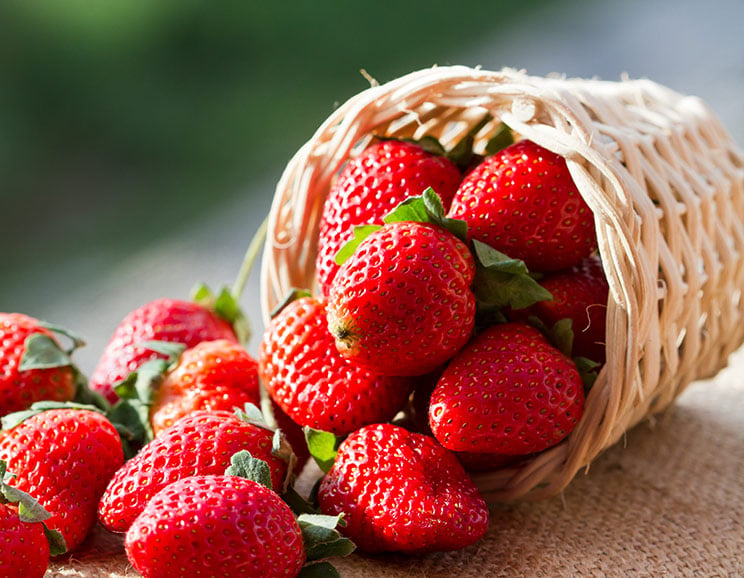
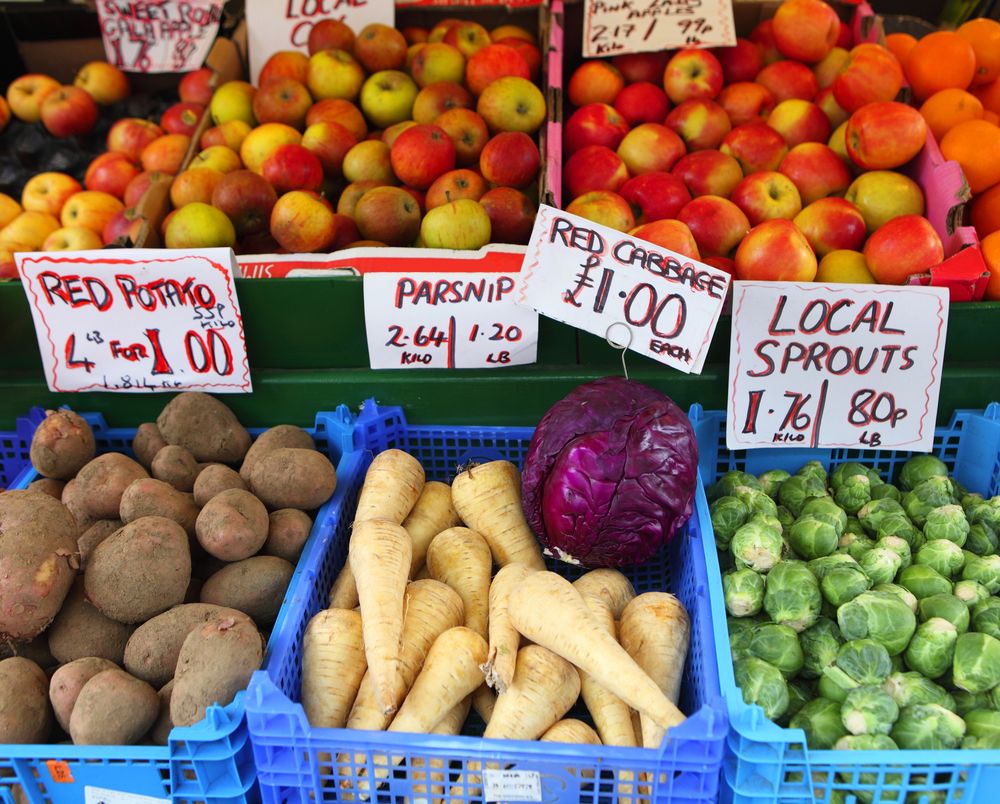

Show Comments